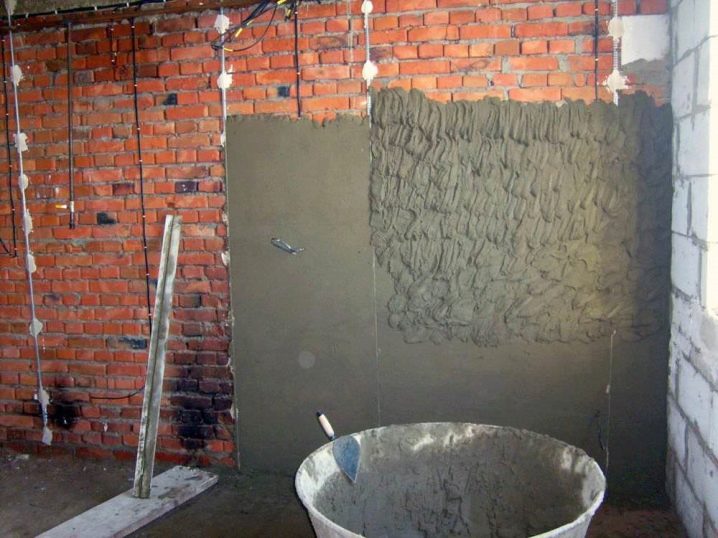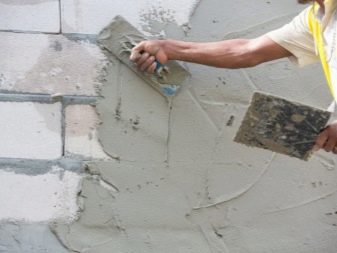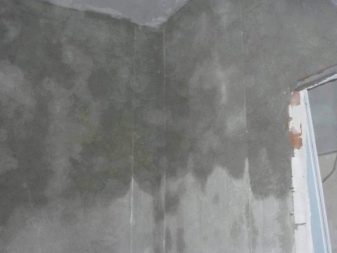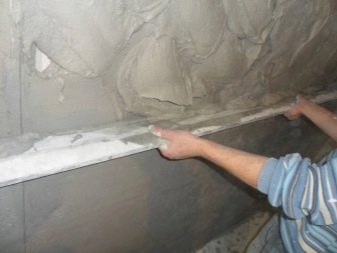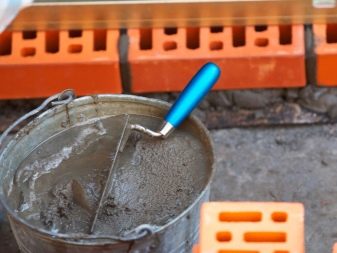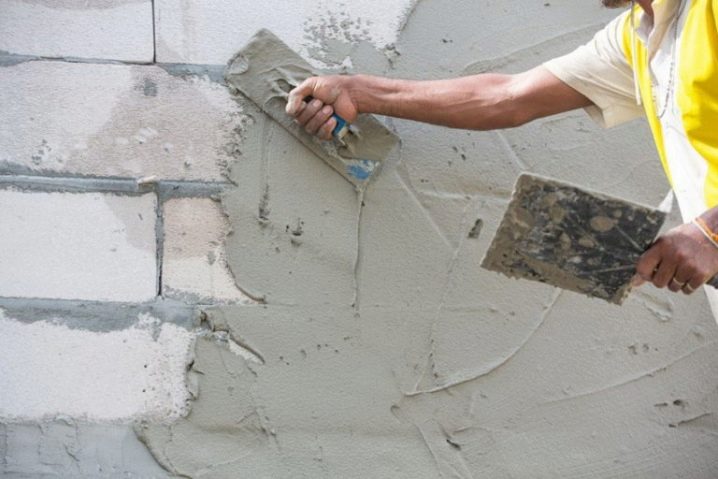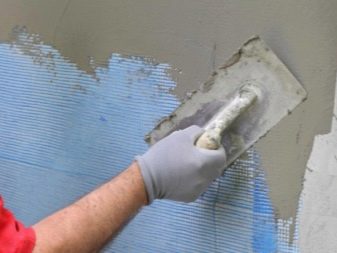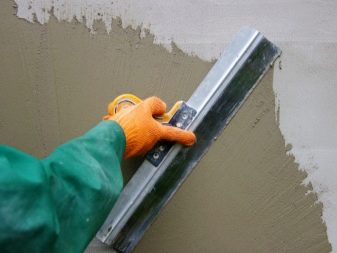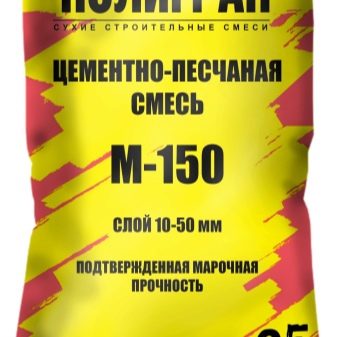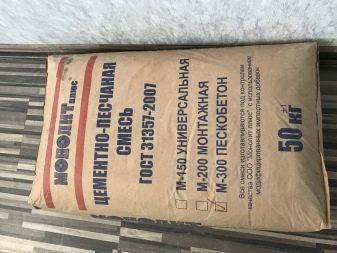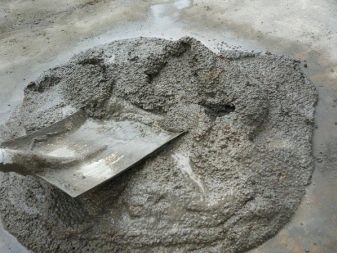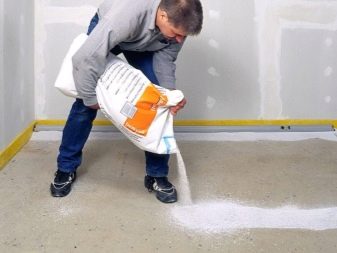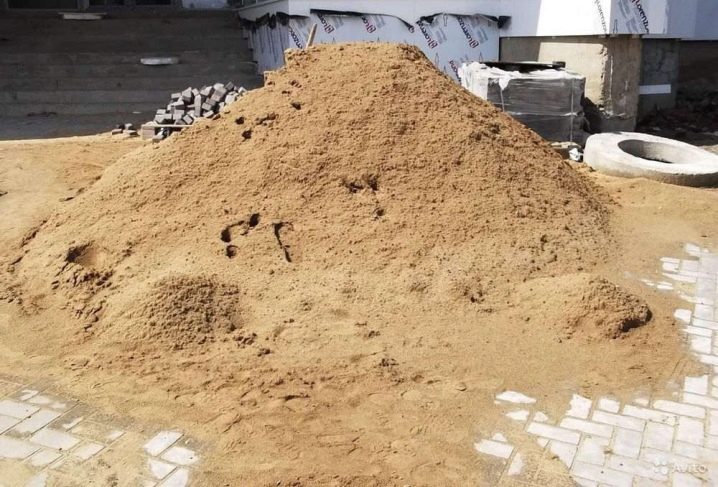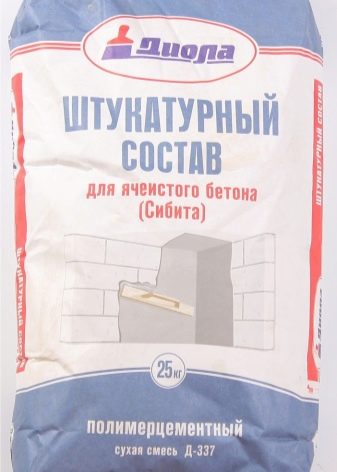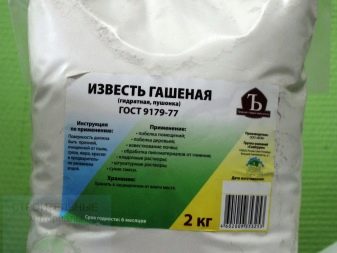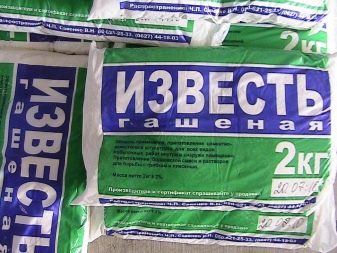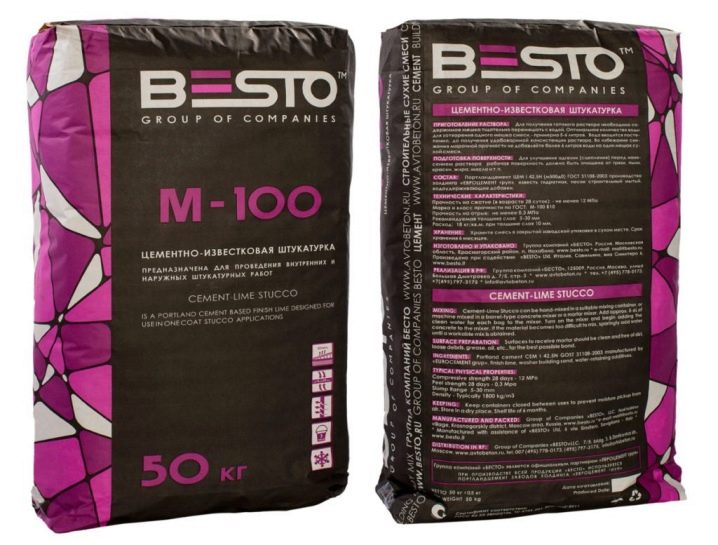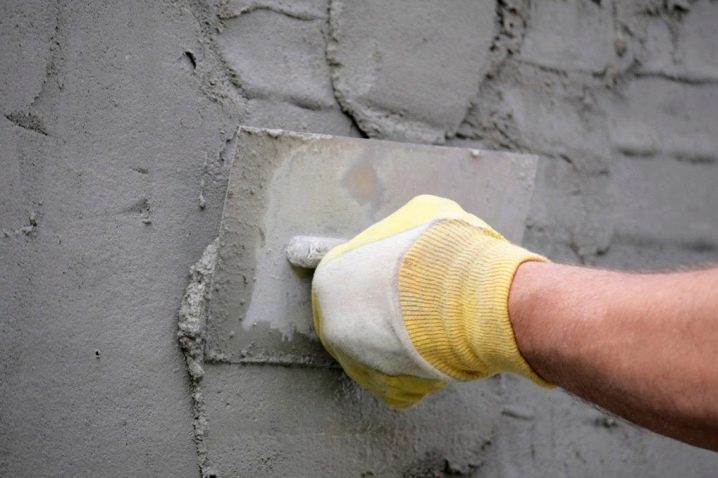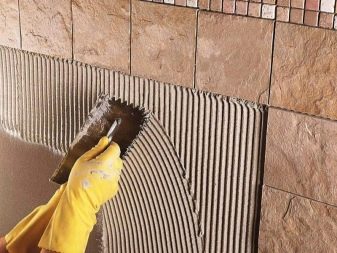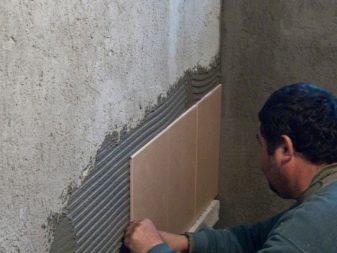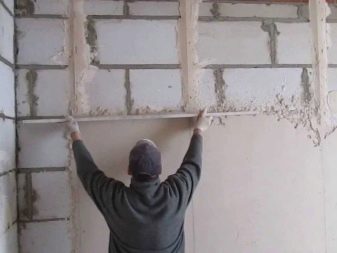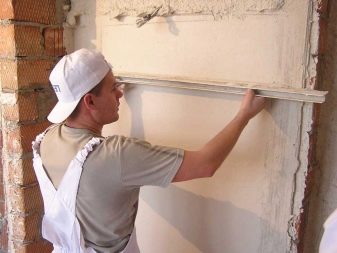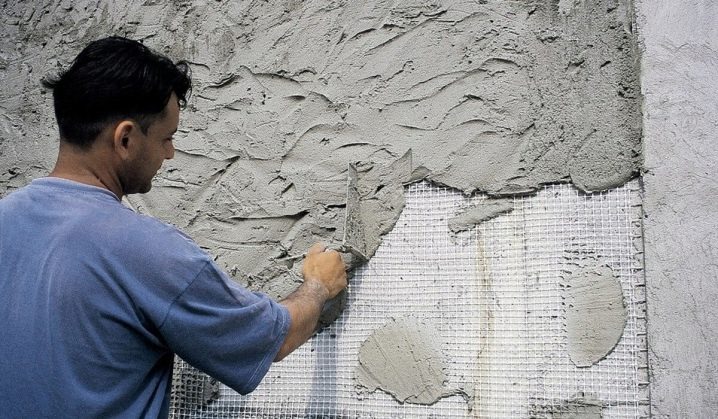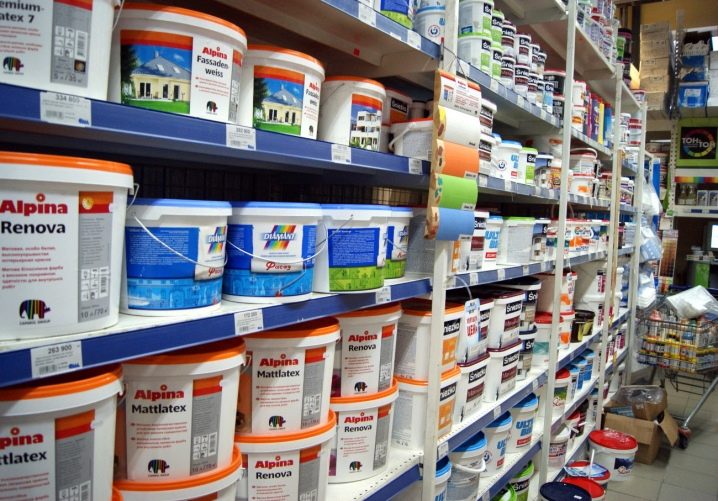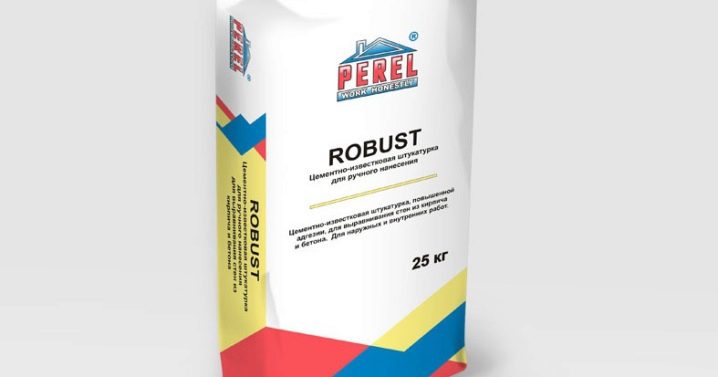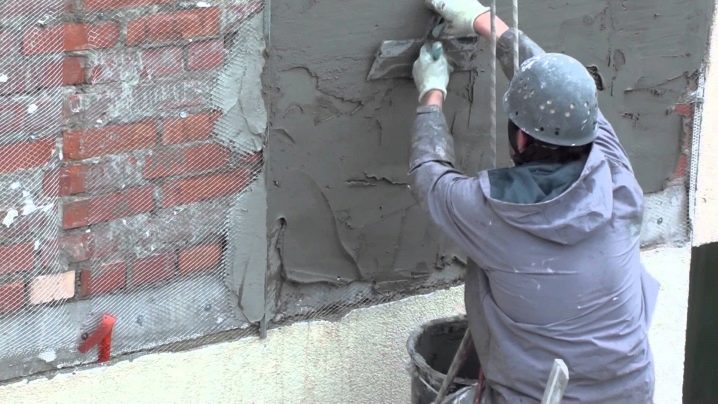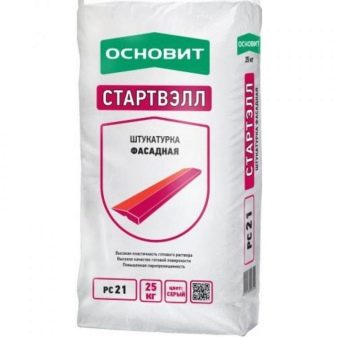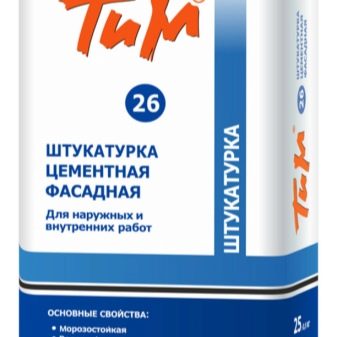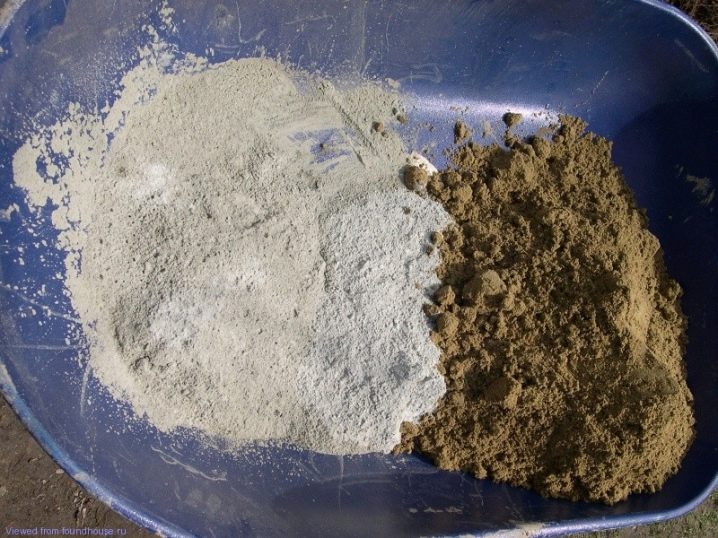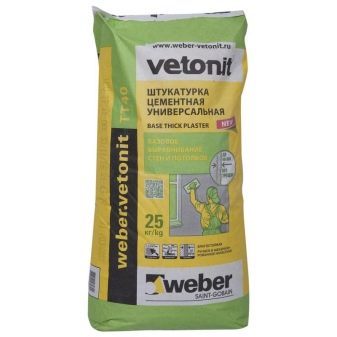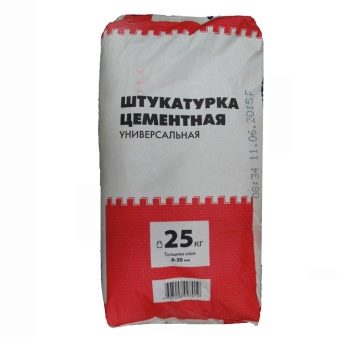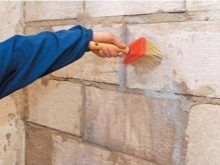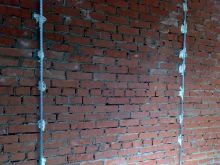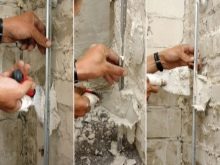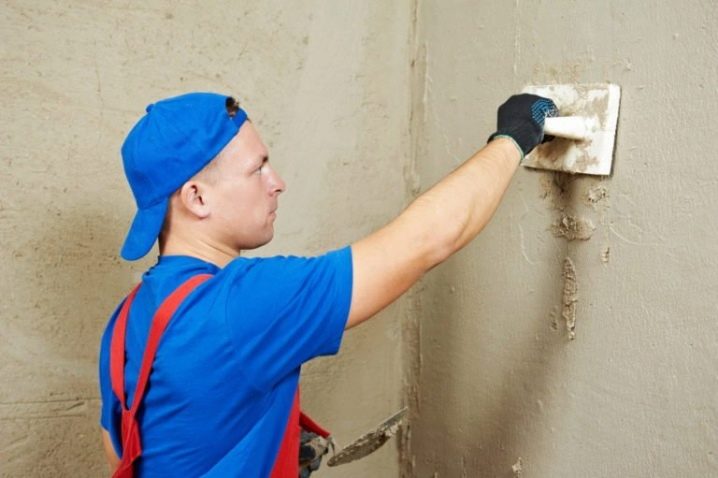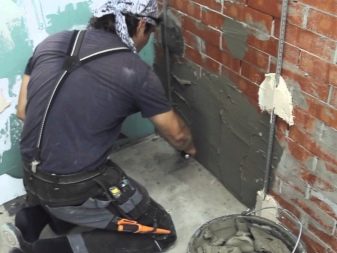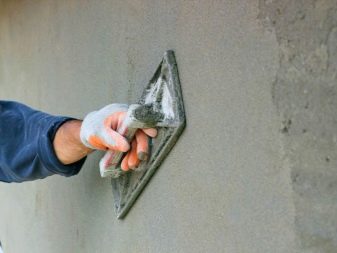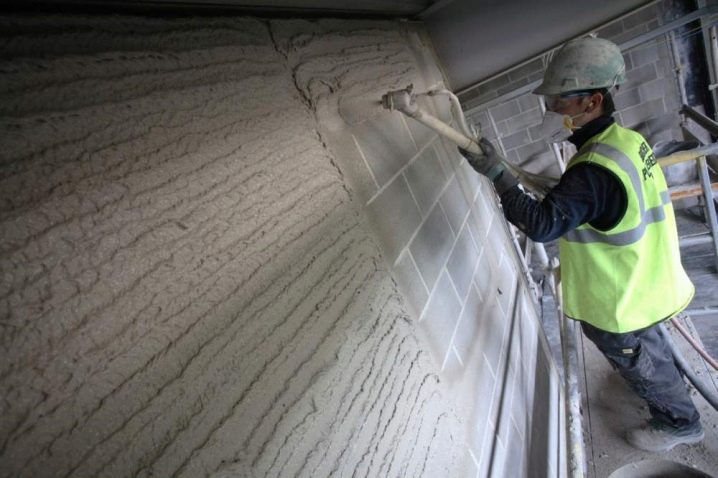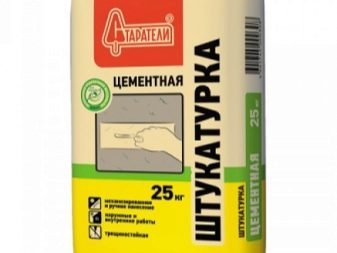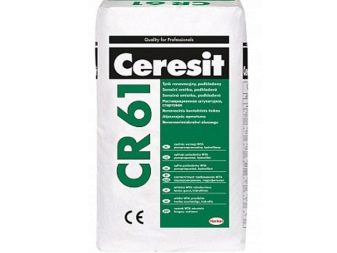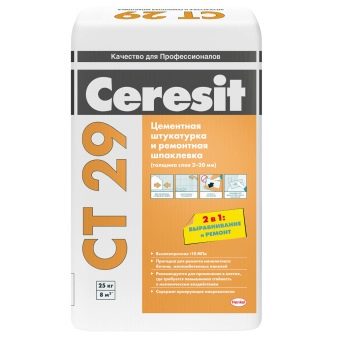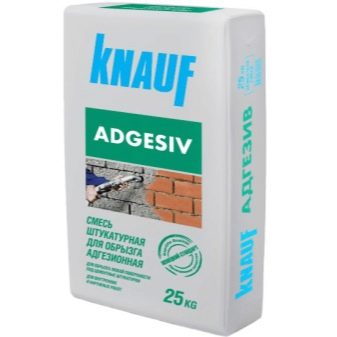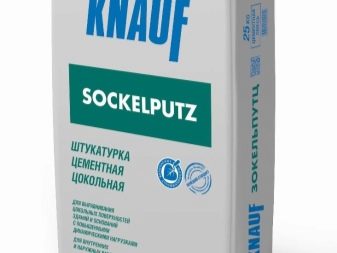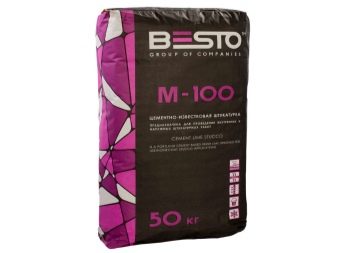Cement Plaster: Selection and Application
Cement-based plaster is one of the strongest and most durable. The layer of plaster will provide not only sanitary, but also aesthetic function. First of all, it is needed to level the walls and protect them from all kinds of damage, and besides, it will play the role of a heat insulator and a sound absorber.
Special features
Cement plaster is used for:
- finishing of various facades;
- leveling surfaces in spaces where there is no heating, or in rooms with a high degree of humidity;
- embedding seams or cracks in the walls outside and inside buildings;
- leveling surfaces with significant defects;
- to prepare the walls for laying tiles.
The main advantages of such compositions include:
- plaster has excellent coating strength;
- Cement mortar has high adhesion to brick and concrete surfaces, filling even small cracks. The coating itself is completely flat;
- resistance to temperature difference;
- all known durability;
- it is also a plus that the simplicity of the preparation of the solution can be considered: it is often made at home, just by simply mixing all the ingredients used in the right proportions;
- available for the average man in the cost.
But there are such coatings and several drawbacks:
- complex installation;
- the surface is rough, for this reason it will be necessary to apply another finishing plaster layer if the wall is prepared for painting or wallpapering;
- cement mortar makes the walls heavier, and the effect on the foundation then increases;
- almost complete lack of adhesion to the tree and painted walls;
- the mixture shrinks and, if an excessively thin layer is applied, it may crack.
Main technical characteristics of cement plasters:
- Density. The strength of such a mixture will directly depend on the density coefficient.
- High heat conductivity.
- Vapor permeability. To avoid condensation, wall coverings must absorb excess moisture and bring it to the outside.
- Drying time. The greater the thickness of the coating, the longer it will be and the drying time, because the best thing is just not to touch the applied plaster of cement base at least a day.
Types and characteristics
Cement-quality plaster product has two main varieties.
Cement-sand mixture
The composition of these products is water, a certain type of sand and the cement brand you need, while all the elements are mixed in precisely calculated fractions. The strength of this dry coating will depend entirely on the characteristics of the cement. For example, cement M150-200 is chosen only for installation inside various rooms, and more resistant cement of the brand M300 and higher - for high-quality plastering of external facades.
The proportions of sand and cement base for the manufacture of the mixture will also depend on the fractions of the selected sand, the desired final strength or scope of use.
To lay the middle (soil) plaster layer, you need sand of a certain density and averaged parameters of 0.5-1 mm with a small amount of sediment.
Fine sand is used for finishing works. Barite sand and serpentinite sand provide protection from various types of radiation. Metal shavings (dust can also be chosen) are often used in the cement mixture, it gives it excellent strength and toughness. Marble flour and sands of the large fraction type are used as a front covering of the decorative plan.
Perlite sand will serve as an excellent heat and sound insulator coating. If there is not enough sand, the mixture will dry out too quickly and not very strong.
It is allowed to use cement without sand only for puttying small cracks., to level the different coatings, the composition without sand is not used.
The use of too fine sand will be undesirable, since the plaster can produce very impressive potholes. The presence in the sand of a huge number of different impurities leads to cracking of the finish as a result of its weakening.
The quality of the final surface will depend directly on the subspecies of the selected sand. The best option is a river and washed sand with parameters of 0.5-2 mm.. Excessively large grains of sand will give the surface of the walls a noticeable roughness.
Sand with parameters of 2.5 mm is chosen only for brick coatings, and sand that is larger than 0.5 cm is used when installing structures made of reinforced concrete.
Polymer and polymer-cement mixtures are selected for high-quality street work, and for work inside the building.
These types are not intended for the initial alignment of walls, but serve only for their fine finishing. Unlike typical mixtures, these products include all kinds of additives - plasticizers and reinforcing elements.
Cement-lime mixture
To make the weight of the plaster mixture less, it includes hydrated lime. If such quenching is done by hand, then this lime must be kept for at least 2 weeks.otherwise you can get bloating and detachment of the finish. Properly made mortar gets excellent strength.
The main advantages of such mixtures include:
- good adhesion with many building materials;
- antibacterial properties;
- excellent plasticity of the mixture throughout its service life;
- vapor permeability, which creates a high-quality microclimate in the room;
- resistance to various attritions.
Disadvantages include:
- low resistance to shocks and sprains (as well as compression);
- calcareous part makes the cost of the mixture higher.
To obtain a more plastic solution, as well as to increase its adhesion to the desired surface, plasticizers are included in it.
Most often, their volume in such a mixture will be no more than 1%. The limy part perfectly improves the quality characteristics of the cement.
Application area
TsPSh perfectly maintains differences of humidity and various temperatures. It is the best choice for exterior decoration of the building when there are no special requirements for this product.. This mixture helps to correct all the wall irregularities after they are insulated with cotton wool and foam, and also creates a much-needed layer of thermal insulation.
Cement-sand mixture is chosen for spaces with a high degree of humidity, as well as before fast painting or before laying tile.
Using DSPs, they equate surfaces that have significant irregularities, they seal up the seams between the panels, eliminate various defects - this is the most inexpensive way to get rid of them permanently.
Experts do not advise to use cement-sand mortar for ceilings - for this it is better to choose high-quality gypsum mortars.
To to eliminate minor defects, it is best to apply putty compounds, and to get rid of the curvature with differences of up to 5-7 cm - it is better to choose a veneer sheet with plasterboard or special panels for walls.
Lime-based compounds are selected to level foam blocks, walls of concrete, any brick and woodto eliminate cracks and all sorts of irregularities. They are suitable in order to prepare the walls for finishing works: applying textured plaster, painting, pasting various types of wallpaper and tiles with ceramic tiles.
You will be able to purchase universal stamps that are perfect for facade and for work inside buildings. In addition, they differ significantly from each other by the method of application - manually or with a machine.
Lime solutions are hypersensitive to specific installation conditions, for example, used at positive temperatures from 5 to 30°C. Mixtures that recommend the use of any degree of humidity, you can choose for bathrooms and pools.
Which is better to choose?
If you need to choose cement plaster for facade and interior work, then first you need to get acquainted with its qualitative characteristics in the most careful way.
For interior work
Cement-lime plaster is very plastic, the lightest, but also at the same time an unusually soft substance. This type of plaster will require final finishing with putty. For works with walls outside the building, this type of mixture is not used., but for interior installation work is used constantly.
For exterior finish
Facade plaster is designed to perform 2 main functions:
- protect - first of all from precipitation so that the walls do not get wet from rain and snow. It will also protect against noise by limiting the penetration of various kinds of sounds into rooms. In addition, it improves the thermal insulation of walls and gives them uniformity;
- decorate - makes walls, prepares them for painting with paint. In addition, such a plaster itself may have the original texture and interesting colors. It also helps to hide small spots and various cracks.
For plaster, which is used for exterior work, the most important properties will be strength and durability.
The plastered surface will constantly contact with the external environment, therefore such a plaster should have frost-resistant, moisture-resistant characteristics and inertness to UV radiation.
There are several types of sand mixtures, which may be different in their composition and use:
- Simple - usually applied in 2 layers (“sprayed” and “primer”), it does not need beacons and “covering”. This product is often found in rooms where maximum smooth and smooth walls are not needed, such as, for example, in the same basements or damp cellars, in barns and in attics, as well as in all wet rooms. Its main purpose is to qualitatively seal holes, chips and other visible defects, to carry out hygienic treatment of wall coverings.
- Improved - application in 3 or more approaches is used (a “covering” is added to the “splashing” and “primer”), the last layer is equal to a device such as a finisher. This is one of the most popular types of mixtures, which is selected when working with walls inside buildings, and to finish their facades. The result is a smooth and perfectly smooth wall with precisely aligned corners.
- High quality (universal) - it is necessary to install beacons here, at least 5 layers are applied (“sprayed”, 2-3 layers of primer and “covering”).It is advised to fix the coat with cement in order to make the waterproofing (moisture-proof) properties higher and more durable - the wall surface. The solution is used in indoor and outdoor applications that require the highest possible quality.
Application details
The main rules for working with cement base mortar:
- walls are first treated with a special primer in order to improve adhesion, and therefore they are thoroughly dried;
- to create a flat plane, guides are fixed on the wall - beacons. If the wall area is small, the beacons are replaced with mortar slaps, the height of these slaps is set at the building level;
- instead of beacons, you can take a metal profile. It is fixed to the walls with a putty. In addition, you can create beacons of wood slats, they are fixed to the screws. The most important thing is not to forget that the beacons should be located at a distance of 10-20 cm less than the width of such a tool, as a rule, they will be equal to all layers of the coating;
- the finished plaster is applied to the walls with a trowel, and in order to create a layer of large thickness, a ladle is often used.The very first layer of plaster is called “splashing” - this is a quality basis for all the following layers.
Apply the next layer in 2-3 hours after the first layer is set.
- The second layer is placed from the bottom up, hiding the previous layer under it. It is best to carry out work in sections of 1-1.5 m. After the plaster should be stretched and leveled by the rule. His most tightly pressed to the lighthouses and lead up, while slightly moving the rule from right to left. The excess solution is removed from the tool with a trowel, and when voids are formed, the mixture is added to the right place with it.
- This is how the entire gap between the two beacons is processed, after which you can proceed to work further.
- In order to even out small defects, beacons can be omitted. The work is then carried out on another technology. After “splashing” the solution is spread with a spatula from bottom to top.
- To make the surface of the wall even smoother, you need to use another “cover” of the liquid mixture. Use proportions of sand and cement as 1: 1 or 1: 3.
- After the application process, while the cement-sand coating itself is not yet fully strengthened, it is carefully rubbed.Using a grater, irregular irregularities, various projections or visible grooves are removed in a circular motion.
- The wall covering treated in this way will be completely ready for finishing after drying. Cement plaster will dry in 4-7 days at normal humidity in the room.
Plaster can be applied manually and by machine, which method is preferable for you, you will learn from the recommendations on the packaging of a particular mixture, there will also be indicated the minimum thickness of the applied solution. The wall plastering machine helps to improve the quality of work and save money.
To learn how to make a mixture for cement plaster, as well as correctly apply it to the wall, see the following video.
Manufacturers and reviews
CPS from the company "miners" created on the basis of a quality brand of cement M-500. According to consumers, it has excellent plasticity and quite economical consumption, only 12 kg per square meter. The term of use of the solution is one and a half hours.
Cement-sand and at the same time a universal mixture from this manufacturer has high elasticity and excellent vapor permeability. Not afraid of frost.The largest thickness of the application of the solution - 30 mm.
CR 61 brand from "Ceresit" it is used to level brick and stone masonry, and is also often found during restoration works. To obtain a solution for 25 kg of the mixture is taken 6.7 liters of water.
"CT 29" can also be used as a high-quality putty. The thickness of any layer should not be more than 20 mm. It has high vapor permeability and resistance to negative climatic manifestations. "CT24" is selected for surfaces of cellular concrete, plastic, vapor-permeable and resistant. It does not contain harmful chemical components, so it is considered the most environmentally friendly product.
Brand "Adhesive" from the manufacturer "Knauf" incorporates a cement base, fillers from quartz and lime, as well as various kinds of additives. Available for primary treatment of walls. When using it creates a rough texture. The mixture qualitatively regulates water absorption, can serve as a substitute for reinforcing nets.
The Zokelputz brand incorporates cement, sand, and those additives that increase adhesion. It can be used as a basement lining."Unterputts" is selected for rooms with high enough humidity. Lowers moisture absorption on walls that have pores. It can be applied in a thin layer without fear that cracks will begin to form.
Cement M-100 plaster from "Besto" - This is a ready-made composition that is designed for the fastest possible production of a solution of plaster. The choice of such compositions helps to improve the microclimate in any room. You can apply this composition in the implementation of internal and external works with the help of plastering stations.
It is used to level brick and stone masonry, and also often occurs during restoration work. To obtain a solution for 25 kg of the mixture is taken 6.7 liters of water.

